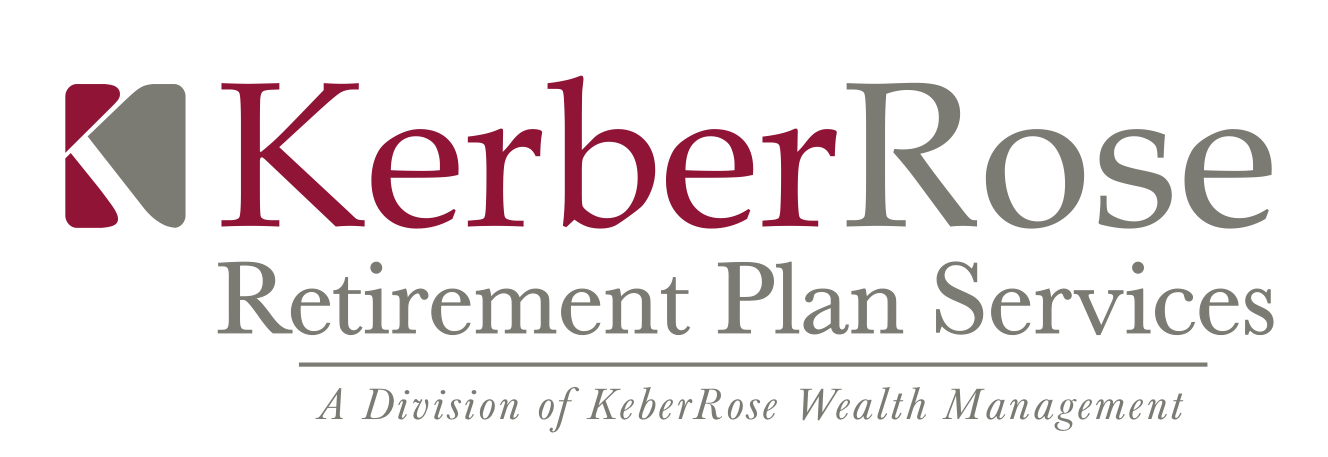What Should You Do with Inherited Individual Retirement Account (IRA) Money?
Have you recently inherited an IRA and are unsure about what to do with the money? Are you wondering if it’s better to take small annual withdrawals or wait 10 years and withdraw everything at once? What are the tax implications for either option? KerberRose Wealth Management will dive into each of these questions—and a few you might not have thought to ask.
Two Types of Inherited IRAs - Traditional and Roth
There are two types of inherited IRAs: Traditional pre-tax IRAs and Roth after-tax IRAs. They can be either traditional pre-tax IRAs or Roth after-tax IRAs. For inherited Traditional IRAs, the funds remain tax-deferred until withdrawn. For inherited Roth IRAs, the funds have already been taxed, so no additional taxes occur upon withdrawal.
How Do I Know I’ve Inherited an IRA?
Beneficiaries tend to be the deceased person’s spouse, child, relative, friend, or even an estate or trust. Often, the original owner has communicated to their beneficiary ahead of time that they are the recipient of any account funds. However, if that is not the case, the advisor of the IRA may notify the beneficiaries and educate them about what they can do with the funds, what the inheritance process looks like, and talk more about their own personal financial situation to help make the best fund distribution choice.
What Do I Do with IRA Pre-Tax Money?
Rules for taking withdrawals from an inherited IRA vary, depending on when you inherited the IRA, your relationship to the original owner, and when the original owner passed away. The flowchart below elaborates on each of these factors, when to take the Required Minimum Distribution (RMD), as well as when the 10-Year Rule is applicable.
What Do I Do with Roth IRA After-Tax Money?
The rules on what to do with your Roth IRA money depend on if you are an eligible designated beneficiary or not. If you are not an eligible designated beneficiary, then you will fall under the 10-Year Rule. If you are an eligible designated beneficiary, you can either follow the 10-Year Rule or elect to take annual RMDs over your lifetime. If you are eligible, generally speaking, this is the recommended route because it allows for tax-free growth over the beneficiary’s lifetime versus only ten years.
Follow the flow chart below to see which option is most applicable to your situation.
Calculators are available to give estimates of what those payouts may look like. For the most accurate numbers, reach out to your Trusted Advisor.
What are the Tax Implications Associated with My Payout Option?
Tax implications may vary depending on your situation. That is why it is crucial to meet with an advisor who understands your situation, as they will help you minimize tax obligations and maximize your returns.
It’s important to note that distributions from Traditional IRAs are taxed as ordinary income and will need to be accounted for when tax season rolls around.
How Can a KerberRose Trusted Advisor Help Determine What to Do with the Inherited Money?
Our advisor's top priority is always our clients' best interests. We take an educational approach to help you understand your options, while preserving, protecting, and growing your financial future. Our advisors create personalized financial plans with you in mind every step of the way.
Creating a personal financial plan helps you achieve long-term and short-term goals. Our advisors help you set up long and short-term savings goals for retirement, college costs, buying your first home, purchasing your dream car or taking a once-in-a-lifetime vacation.
Advisors also help you determine if or when you should reinvest those dollars. Investment account options may include a Traditional IRA, Roth IRA, or a brokerage account.
Still have questions or are unsure what to do with your inherited IRA? Let the IRA experts at KerberRose assist you in making the best decision for your situation. Contact us today to get started.
Sources:


